How to Ensure Quality Control in Horizontal Flow Wrapping Processes
In today’s fast-paced manufacturing environment, where speed and efficiency are paramount, maintaining quality control (QC) in horizontal flow wrapping processes can be a daunting task. However, by implementing a comprehensive QC strategy, manufacturers can safeguard the integrity of their products, minimize waste, and enhance customer satisfaction.
Step 1: Establish Clear Specifications
The foundation of any effective QC program lies in clearly defined specifications. These should outline the key parameters of the wrapping process, including:
Film thickness and type
Seal specifications (temperature, pressure, and duration)
Product dimensions and tolerances
Packaging materials and specifications
Step 2: Monitor and Control Film Tension
Film tension plays a crucial role in ensuring proper seal formation. Improper tension can lead to weak seals, product contamination, or package distortion. Sensors should be used to monitor and control film tension throughout the wrapping process.
Step 3: Optimize Sealing Temperature and Pressure
The temperature and pressure of the sealing mechanism greatly influence the quality of the seal. Too low a temperature or pressure can result in poor bonding, while excessive heat or force can damage the product or packaging. Temperature and pressure should be carefully calibrated and monitored.
Step 4: Inspect Seals
Visual inspection is essential for verifying the integrity of seals. Trained inspectors should examine the seals for:
Proper adhesion
Absence of gaps or tears
Contamination
Seal strength
Step 5: Monitor Product Quality
In addition to seal inspection, it is important to monitor the quality of the wrapped products. This may involve:
Dimensional checks
Weight measurements
Product appearance
Contamination control
Step 6: Statistical Process Control (SPC)
SPC techniques can be used to analyze QC data and identify areas for improvement. By tracking key metrics such as defect rates and process stability, manufacturers can make data-driven decisions to enhance quality.
Step 7: Continuous Training
Operators play a vital role in maintaining QC standards. Continuous training programs ensure that they are proficient in the operation of wrapping machines, QC procedures, and troubleshooting techniques.
By adhering to these best practices, manufacturers can establish a robust QC program that ensures the integrity of their horizontal flow wrapped products. This not only protects consumer safety and brand reputation but also improves efficiency, reduces waste, and ultimately drives customer satisfaction.
-
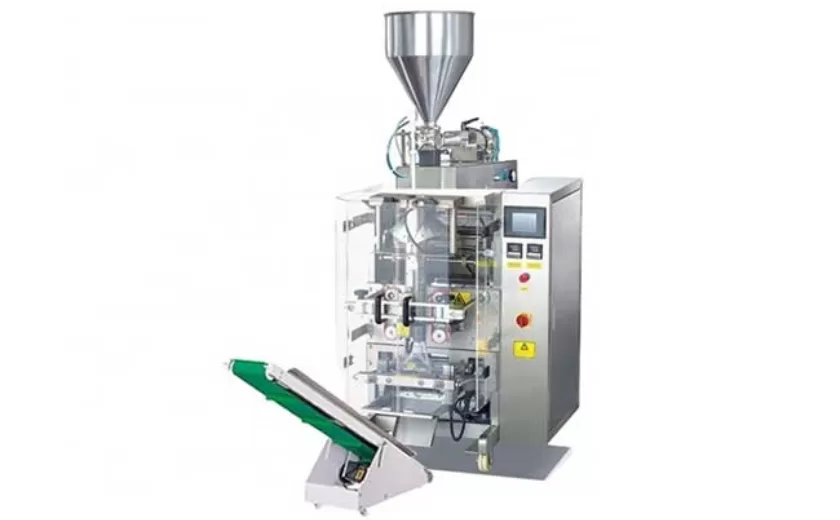
Advanced Packing Solutions: Snacks, Sugar, and Frozen Food Machines
29-10-2025 -
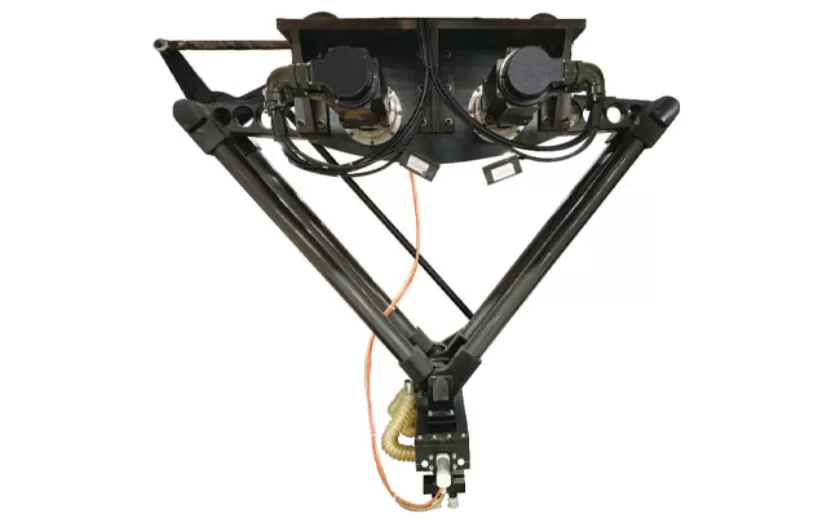
Efficient and Reliable Solutions for Salt, Nuts, and Frozen Dumplings Packing
29-10-2025 -
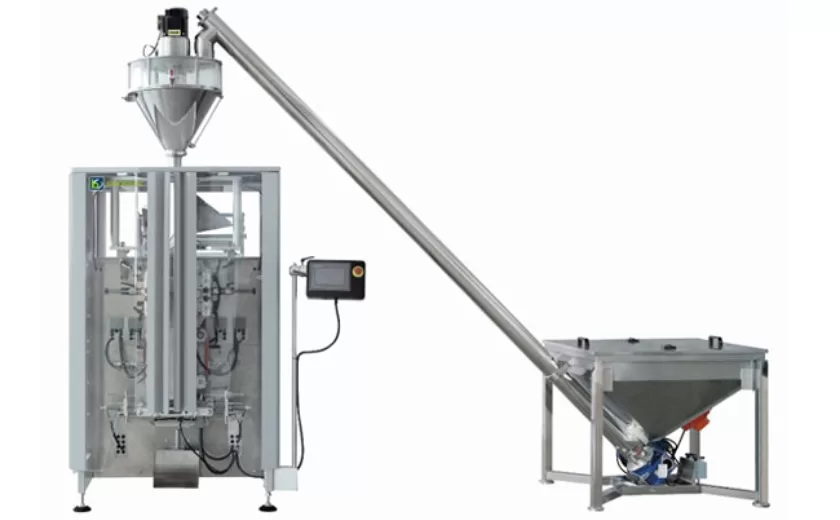
High-Performance Biscuits, Lollipop, and Ketchup Packing Machines for Modern Food Production
29-10-2025 -

Efficient Liquid Filling and Packing Machines for Modern Production
23-10-2025 -
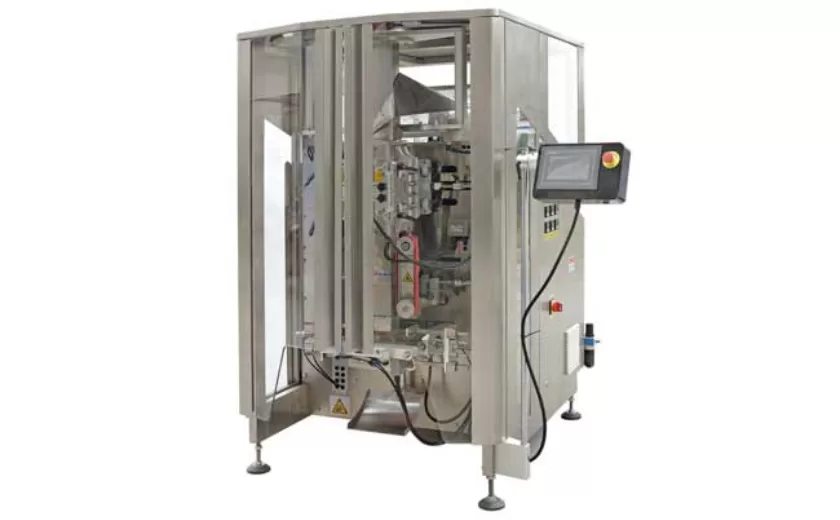
Reliable Granule Packaging Machines for Efficient Production
23-10-2025 -

Efficient Auger Powder Filling Machines for Accurate Packaging
23-10-2025 -

High-Performance Liquid Filling and Packing Machines for Hygienic Production
10-10-2025 -

High-Efficiency Granule Packaging Machines for Precision and Speed
10-10-2025 -

High-Precision Auger Type Powder Filling Machines for Efficient Packaging
10-10-2025 -
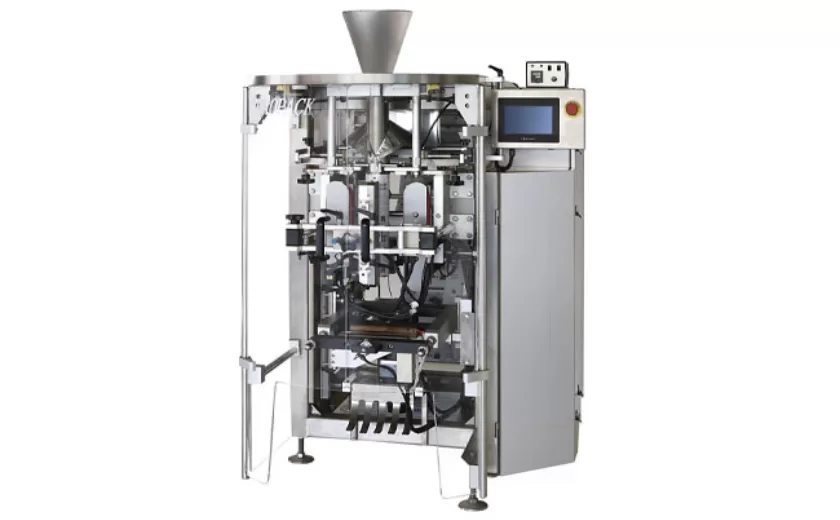
Efficient Vertical Form Fill Seal Packaging Machines for Smart Production
10-10-2025





